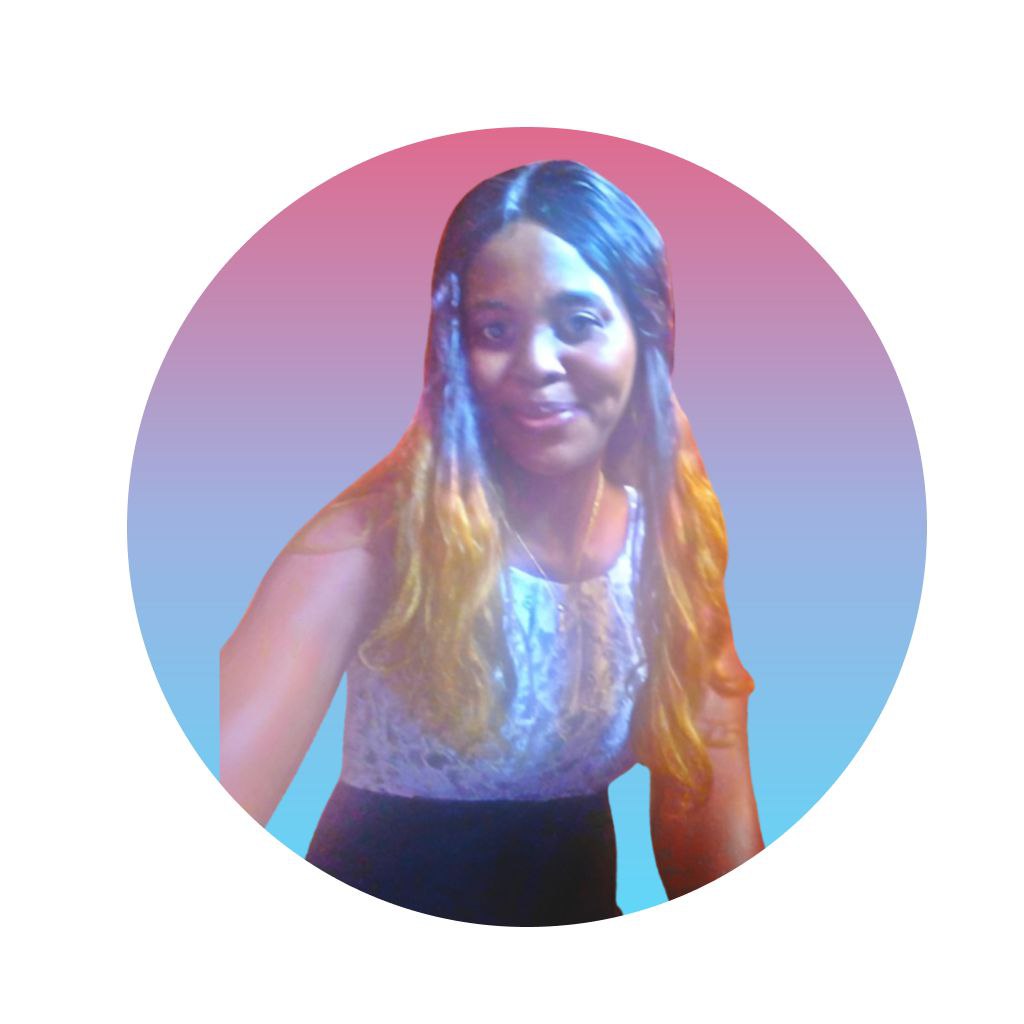Thrive in Any Setting: How to Tailor Your Personal Brand for Various Tech Landscapes
 Okoye Ndidiamaka
Okoye Ndidiamaka
In the ever-evolving technological arena, an individual’s ability to mold and adapt their personal brand to various environments, startups, or corporations can make a sea of difference in career prospects. This article shall cover some core strategies on how to mold your personal brand in order to suit the three distinctly different sets of environments, look at case studies of some developers who have reinvented their brands for different professional environments, and give tips on how to stay true to oneself while shifting and adapting the brand strategy to suit different tech cultures.
How to Fit Your Brand into Freelance, Startup, and Corporate Environments
**
Freelance
**Freelancing offers a chance to enjoy flexibility in your work and take on many varieties of projects. This freedom comes with a different approach altogether to personal branding.
Highlight Versatility and Reliability: Clients have to be assured that as a freelancer, you can handle various projects and consistently provide quality work.
Portfolio Diversity: Your portfolio should contain various kinds of projects that will showcase your diversity.
Client Testimonials: The development of trust and credibility involves the collection and showcase of testimonials from the clients.
Emphasize Specialized Skills: While versatility is important, a special skill will make you differ from others in the freelancing market.
Niche Expertise: Showcase experience with specific technologies or industries where you are an expert.
Thought Leadership: Demonstrate expertise through regular blogging, updating social networks, and contributing to the industry forum.
Networking and Marketing: A strong network, along with marketing of your services, is crucial for a successful freelance career.
Online Presence: Be active on platforms such as LinkedIn, GitHub, and freelancing websites.
Personal Website: If possible, have a personal website that showcases your portfolio, services offered, and contact details.
**Startup
**In startups, normally, there is a requirement for a dynamic and nimble personal brand to match their innovation and speed.
Show Entrepreneurial Spirit: Startups love creativity, initiative, and problem-solving.
Project Engagement: Mention participation in innovative projects or startups.
Solutions out of the Box: Give examples of challenges you have overcome using your creativity.
Flexibility and Resilience: Startups often experience sudden changes going on around them.
Learning Mindset: Show how one can learn new skills fast and work with the latest technologies.
Team Collaboration: Provide evidence of your experience working in collaborative, multidisciplinary teams.
Passion and Vision: A startup would want to know whether the individual is passionate about work and the company’s vision.
Personal Mission Statement: Create a personal mission statement based on values and career goals.
Join Startup Communities: Attend different startup events, meetups, and hackathons with other like-minded professionals.
**Corporate
**Personal branding in a corporation would be a mix of professionalism and leadership qualities.
Professionalism and Reliability: Consistency, reliability, and professionalism will be seen in any corporation.
Professional Profile: Maintain an updated, professional profile on LinkedIn.
Certifications and Qualifications: Include in your profile all types of relevant certifications, training, and qualifications.
Leadership and Teamwork: Companies seek individuals who can lead projects and work in a team.
Leadership Responsibilities: List all the leadership roles or responsibilities that you have taken.
Team Success: Highlight those projects where you contributed to the success of a team.
Strategic Thinking and Impact: Companies want strategic thinkers who show vision of the big picture.
Case Studies and Results: Detailed case studies that call out your strategic thinking and the impact of the work produced.
Industry Insights: Provide insight into the industry. List any trends you’re noticing to show strategic comprehension of the industry.
Developer Case Studies Who Have Successfully Transformed Their Brands
**
Case Study 1:** John Doe — From Corporate to Freelance
John Doe began his career in a large corporation, with a focus on the development of the backend. After a few years of experience, he decided to transition into freelancing.
Building a Portfolio of Diverse Projects: John built his portfolio with a variety of projects, ones that would attest to his capability to handle different technologies in diverse industries.
Establishing an Online Presence: He created a professional website and updated his profiles on LinkedIn and GitHub.
Networking and Client Relations: John had attended several industry events and webinars, building a network of potential clients and partners.
John’s flexibility and his personal branding proved so strategic that he was able to segue into freelancing from a corporate environment, having enjoyed a thriving career with diverse projects.
CLICK HERE FOR YOUR BRAND AND TECH RESOURCES!
Case Study 2: Jane Smith — Embracing the Startup Culture
Jane Smith has started her career in a medium-sized tech company, but she has always been interested in startups. She decided to join a promising startup as a frontend developer.
Showcasing Entrepreneurial Projects: Jane highlighted involvement with personal and side projects that demonstrated an entrepreneurial spirit.
Continuing Learning: She was involved in the active pursuit of learning opportunities which kept her current with state-of-the-art front-end technologies and frameworks.
Startup Community Involvement: Jane attended hackathons and startup meetups, networking with like-minded professionals and potential employers alike.
A personal brand fit like that within the startup culture gave her an opportunity to feel her power in the new role of contributing actively to innovative projects and company growth.
Case Study 3: Michael Lee — Corporate Leadership and Strategic Impact
Michael Lee had developed for several startups before joining a big corporation. He now wanted to use all his experience to his advantage in order to rise through the ranks at the company.
Professional Development: The certifications and training undertaken by Michael are relevant to developing his skills.
Leadership and Teamwork: He would emphasize any leadership that he might have provided or any team successes in both his portfolio and LinkedIn profile.
Value to Strategy: Michael included some detailed case studies that showed his strategic thinking and the value of his work to the business objectives.
Michael’s personal branding and professional development at a strategic level allowed him to take up a leadership role in a large corporation to lead large projects and teams.
Strategies for Remaining Authentic Yet Adaptable to Different Contexts
1. Be True to Your Core
Whatever the environment, it is not worth losing your core values just to be considered genuine.
Defining Your Values: There are core values and principles one should have. These are those that guide through decisions and actions whenever one changes environments.
Consistency in Messaging: The personal brand messaging should be congruent with one’s values. One should avoid projecting some other persona that is opposite from the real self.
2. Adapt Without Losing Identity
It doesn’t mean losing your identity; rather, it requires bringing other facets of your brand to the fore, which best suits the particular environment.
Relevant Skills Emphasized: Stress interests, skills, and experiences that will be most useful in that particular environment, without minimizing your other strengths.
Fit-in Ability: Your manner of communicating and branding should fit this environment, with the core of your brand’s elements remaining intact.
3. Keep Learning and Growing
Successfully adapting one’s personal brand involves continuous learning and growth.
Stay Ahead of the Game: Keep up with the latest trends in your industry, technologies, and best practices. This will enable you to be relevant and agile.
Seek Feedback: Regularly solicit feedback from your peers, mentors, and industry leaders. Integrate that feedback to refine the strategy driving your personal brand.
4. Engage with Authenticity
Engaging authentically means being real in your relations and communications.
Transparency: Be transparent and honest with the way you communicate. It will build trust and credibility.
Relationships First, Network Later: Instead of trying to expand your network, focus on relationship building. For reasons so obvious, authentic connections mean and last longer.
CLICK HERE FOR YOUR BRAND AND TECH RESOURCES!
To fit your personal brand into the freelancing, startup, and corporate tech ecologies requires a conscious balancing between versatility and authenticity. Also, by branding oneself to reflect applicable skills, demonstrating special strengths unique to oneself, and sticking to core values, one should be able to fit into many kinds of different professional settings.
Case studies of successful developer brands foster imagination and inspiration. Stay real, learn continuously, engage authentically, and enjoy building a personal brand that will span so many of the tech ecosystems.
For more insights on personal branding in the tech industry, explore our related article on Adapt and Conquer: How to Customize Your Brand for Freelance, Startup, and Corporate Worlds
Disclosure: This article contains affiliate links, which means I may receive a commission if you make a purchase through them at no extra cost to you.
Subscribe to my newsletter
Read articles from Okoye Ndidiamaka directly inside your inbox. Subscribe to the newsletter, and don't miss out.
Written by

Okoye Ndidiamaka
Okoye Ndidiamaka
Amaka Okoye: LLB holder, web developer, and automation expert. Transforms ideas into digital reality. Committed to learning and self-improvement.